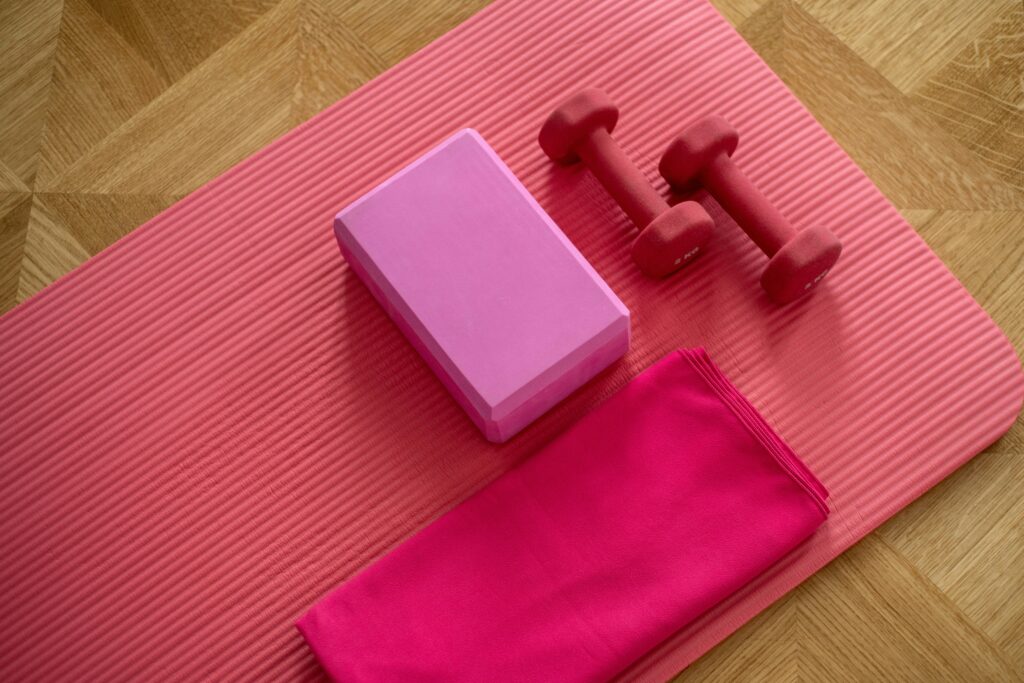Staying active during pregnancy is one of the best things you can do for your body and your baby. Regular exercise can help you manage weight gain, improve your mood, prepare your body for labour, and even promote better sleep. However, it’s essential to choose exercises that are safe and tailored to the unique needs of your pregnant body.
In this guide, we’ll explore the benefits of prenatal exercise, safe activities for each trimester, and tips for creating a fitness routine that keeps you and your baby healthy.
Why Exercise During Pregnancy is Important
Engaging in regular physical activity while pregnant offers numerous benefits:
- Improved Circulation: Exercise boosts blood flow, reducing the risk of swelling and varicose veins.
- Increased Energy: Staying active can combat pregnancy fatigue and improve overall stamina.
- Reduced Discomfort: Strengthening your muscles and maintaining flexibility can ease back pain and improve posture.
- Easier Labor and Recovery: Regular exercise strengthens the muscles you’ll use during labour and can speed up postpartum recovery.
- Better Mood: Physical activity releases endorphins, helping to reduce stress and improve mental well-being.
Safe Exercises for Each Trimester
First Trimester (Weeks 1–12)
During the first trimester, you might feel tired or experience nausea, but gentle exercise can help alleviate these symptoms.
Recommended Activities:
- Walking: A simple, low-impact activity that’s easy to fit into your routine.
- Prenatal Yoga: Helps with relaxation, flexibility, and stress reduction.
- Swimming: Provides a full-body workout without putting pressure on your joints.
- Light Strength Training: Focus on maintaining muscle tone with light weights or resistance bands.
Tips:
- Avoid overheating by exercising in a cool environment.
- Stay hydrated and listen to your body—rest when needed.
Second Trimester (Weeks 13–26)
The second trimester is often considered the “golden period” of pregnancy. With morning sickness typically subsiding and energy levels improving, you may feel more motivated to stay active.
Recommended Activities:
- Stationary Cycling: A safe way to get a cardiovascular workout without the risk of falling.
- Modified Pilates: Strengthens your core and pelvic floor muscles, which are essential for labor.
- Low-Impact Aerobics: Keep your heart rate up without excessive strain on your body.
- Water Aerobics: Provides a great cardiovascular workout while reducing strain on your joints.
Tips:
- Avoid exercises that require lying flat on your back, as this can reduce blood flow to your baby.
- Incorporate pelvic floor exercises like Kegels to strengthen the muscles supporting your bladder and uterus.
Third Trimester (Weeks 27–40)
As your baby grows, your centre of gravity shifts, and you may experience increased fatigue. Focus on gentle, supportive exercises that keep you active without overexerting yourself.
Recommended Activities:
- Prenatal Yoga or Stretching: Eases tension in your back and hips while improving flexibility.
- Walking: Keep your pace slow and steady to avoid strain.
- Swimming: A great way to relieve pressure on your joints and stay cool.
- Birthing Ball Exercises: Strengthen your core and prepare your body for labour by practising gentle movements on a birthing ball.
Tips:
- Be cautious about your balance; avoid activities with a risk of falling.
- Focus on breathing exercises to prepare for labour.

General Guidelines for Safe Prenatal Exercise
- Get Your Doctor’s Approval: Always consult your healthcare provider before starting or continuing an exercise routine during pregnancy.
- Warm Up and Cool Down: Prepare your body with gentle stretches before and after workouts.
- Stay Hydrated: Drink water before, during, and after exercising.
- Avoid High-Impact Activities: Skip activities like running, jumping, or contact sports to reduce the risk of injury.
- Modify as Needed: Adapt exercises to accommodate your growing belly and changing body.
- Monitor Intensity: A good rule of thumb is the “talk test”—you should be able to carry on a conversation while exercising.
- Listen to Your Body: Stop immediately if you feel dizzy, short of breath, or experience pain.
Prenatal Fitness Routine: A Sample Week
Here’s an example of a safe and balanced prenatal fitness routine:
1st Day: Walking & Stretching
- 20–30 minutes of brisk walking.
- Finish with 10 minutes of gentle stretching for your legs, back, and shoulders.
2nd Day: Prenatal Yoga
- A 30-minute yoga session focusing on flexibility, breathing, and relaxation.
- Here is a link to a prenatal video workout https://www.youtube.com/watch?v=-3bvlFKeLRE
3rd Day: Strength Training
- 20 minutes of light strength training (e.g., squats, bicep curls, and modified push-ups).
- Use light weights or resistance bands.
4th Day: Swimming or Water Aerobics
- A 30-minute session in the pool for a low-impact, full-body workout.
5th Day: Rest Day or Gentle Stretching
- Use this day to relax or practice mindfulness with deep breathing exercises.
6th Day: Low-Impact Aerobics
- A 20–30 minute low-impact aerobics video designed for pregnant women.
7th Day: Birthing Ball Exercises
- Spend 15–20 minutes practising pelvic tilts, circles, and gentle bouncing on a birthing ball.
When to Stop Exercising
While exercise is generally safe during pregnancy, certain symptoms indicate you should stop and consult your doctor:
- Dizziness or fainting.
- Vaginal bleeding or fluid leakage.
- Severe shortness of breath.
- Chest pain or palpitations.
- Painful contractions or cramping.
Benefits of Staying Active for Your Baby
Did you know that your exercise routine also benefits your baby? Studies show that regular prenatal exercise can:
- Improve placental function, ensuring your baby gets more oxygen and nutrients.
- Reduce the risk of preterm birth and low birth weight.
- Support your baby’s brain development.
Postpartum Fitness: Preparing for Recovery
The fitness habits you build during pregnancy can help you recover more quickly after delivery. Focus on gentle activities like walking and pelvic floor exercises during the postpartum period, gradually increasing intensity as your body heals.
Final Thoughts
Staying active during pregnancy is a gift to both you and your baby. With the right exercises and precautions, you can enjoy a healthier pregnancy, prepare your body for labour, and set the stage for a smooth recovery postpartum.
Remember, every pregnancy is unique, so listen to your body and consult your healthcare provider to create a fitness routine that works for you.




